A series of International seminars and lectures given by Asian archaeologists on the excavation and protection of the world’s cultural heritage and relic sites are taking place this month to mark the 1000th Thang Long-Hanoi anniversary and the 1,300th anniversary of the establishment of Heijokyo Citadel on Japan’s Nara Imperial Palace Site.
Over the past eight years, Vietnam and Japan have carried out research on relics and antiquities excavated at the Thang Long Royal Citadel. Asian archaeologists have praised lectures on the results of archaeological research at the royal citadel delivered by Dr Tong Trung Tin, Head of the Vietnam Institute of Social Science and Director of the Thang Long Royal Citadel project and Pro. Kunikazu Ueno from the Archaeological Research Centre of Nara University as valuable research projects that need to be recognised by UNSECO.
A Japan-based Radio Voice of Vietnam (VOV) correspondent interviewed Dr Tong Trung Tin on the archaeological research process and its results.
Reporter: Could you please tell us how the history of Thang Long has been reflected through the excavation and analysis process carried out by Japanese archaeologists and historic researchers?
Mr Tin: It is common knowledge that the history of the Thang Long imperial city’s 1,000 years, dating back to the time it was built, but the reality was shown that it could have been set up earlier as far back as the 7th century. If considering the historical evidence left at the royal citadel, its history dates back to 1,300 years. During the pre Thang Long period, it was on a capital city located in the centre of the Northern Delta.
Research on Thang Long has been conducted over many centuries. Following French efforts, Vietnamese researchers and archaeologists continued their excavation and study of the Thang Long royal citadel. The location and structure of the citadel have been partly outlined but the real traces depicting the ups and downs of its history have not yet been found, and may have disappeared from the earth.
There were some traces left such as Dien Kinh Thien- centre of the Thang Long imperial city under the Le dynasty or Doan Mon Gate- the main gate of the Thang Long forbidden city. Under the Nguyen dynasty (19th century), after destroying the Thang Long imperial city, King Nguyen built the Hanoi citadel, which was later lost. The remaining vestiges are the Hanoi flag tower and Bac Mon gate.
Reporter: What did archaeologists discover under the earth beneath the royal citadel?
Mr Tin: Under the Government decision to conduct a major excavation in 2002, very few people knew whether or not there remained traces of Thang Long underground. Fortunately, archaeologists excavated and uncovered ancient cultural relics lying 2-4 meters in depth at 18 Hoang Dieu street in Hanoi.
Each cultural layer characterised different periods of time which helped archaeologists and historians to identify traces of the pre-Thang Long culture under the Dai La dynasty (7th century), the Dinh Le dynasty (10th century), the Ly dynasty (11th and 12th centuries), the Tran dynasty (13th and 14 centuries) and the Le dynasty (the 15th and 18th centuries). In addition, there were a few traces of material culture under the Nguyen dynasty.
Vestiges from each period featured architecture of different characteristics, different shapes and different relics. Many relics such as porcelain, metal and wood objects reflected daily life at the royal citadel over its 1,300- year history.
Reporter: With the above mentioned results, what is your assessment of the royal citadel’s history?
Mr Tin: Thang Long had a long history and the excavation site was located at the centre of the royal citadel and the Thang Long forbidden city from the Ly and Tran dynasties to the Le dynasty. Under the Dai La dynasty, it was a centre for An Nam Do Ho palace (the 7th and 9th centuries). The Dai La dynasty was affected by the northern culture and strong regional exchanges of high-class ceramic and porcelain items from China and the Middle East.
Under the Dinh Le dynasty, new discoveries contributed to research on Vietnamese history as well as the history of the Le dynasty. Previously, no results were obtained from excavating the Hoa Lu relic site but some relics were discovered at the Thang Long royal citadel. Architecture under the Ly dynasty showed the high aesthetic standard of the patrician classes and the royal palace. In particular, ceramic and porcelain products were made by the Vietnamese people right at the royal citadel. The Tran dynasty continued the cultural values of the Ly dynasty. The traditional construction style of the royal citadel continued to be maintained until the Le dynasty. The history of Thang Long revealed through the excavation demonstrated the continuous 1,300 year development process of Thang Long and a great Viet nation throughout that time which was in contact with other regional countries.
Reporter: This year will also see the celebration of the 1,300th anniversary of Heijokyo citadel. What do you think about the historic relations between the Thang Long Royal citadel and Japan’s imperial city of Nara.
Mr Tin: Each country has different social historical and natural conditions, leading to different developments. During the process of building the Japanese imperial capital city in different periods of time, Japanese people displaced the city under this country’s exclusive regulations. Meanwhile, in Vietnam, the Thang Long imperial city was built on a fixed site that different dynasties and families still maintained on the old foundation. However, according to oriental culture, architecture of the same dynasty, like Thang Long after Heijokyo was established, still maintain common characteristics. For example, wood construction in oriental culture have similar features. For the oriental imperial cities, the main hall for the King to give audience was often located right in the centre.
Reporter: Thank you so much.
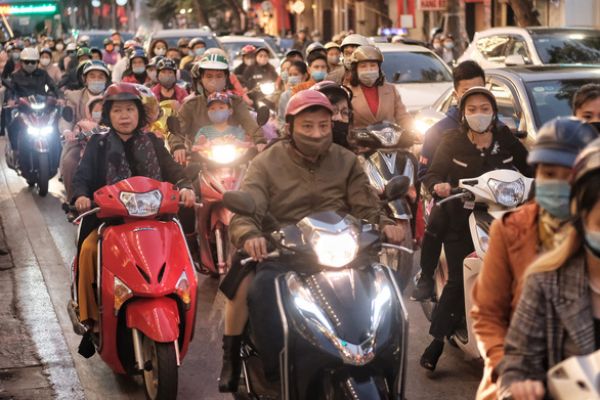
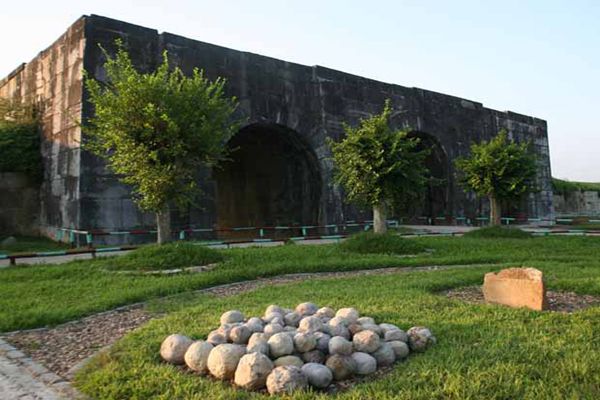
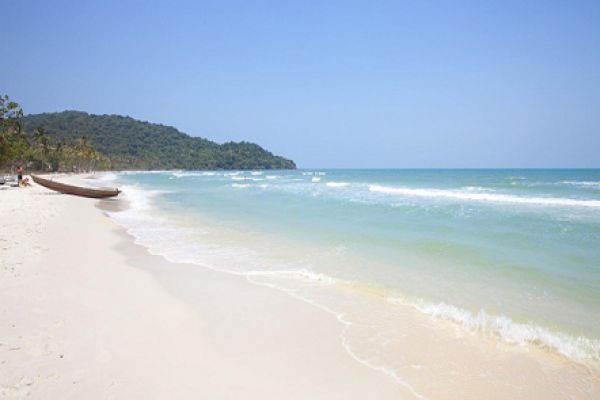
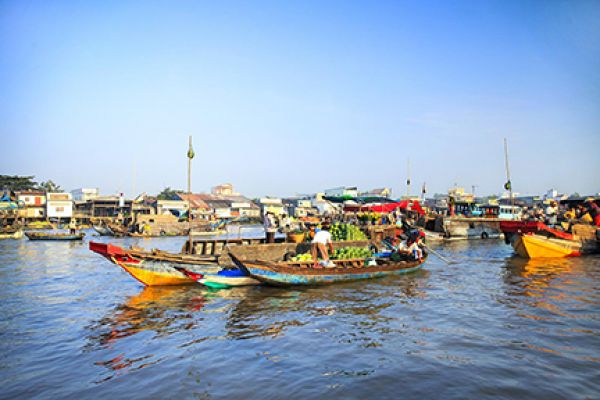
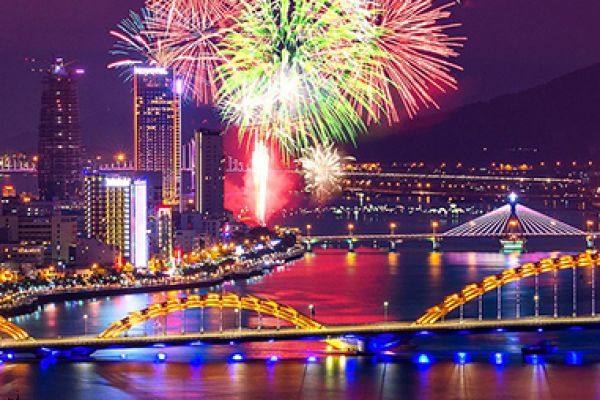

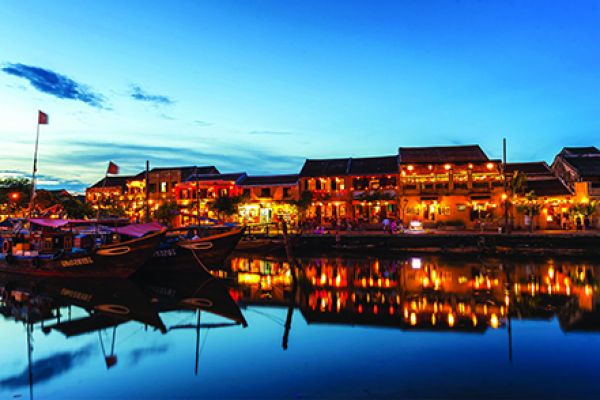
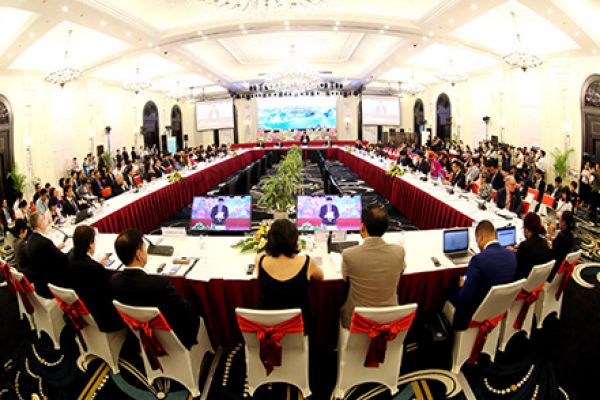
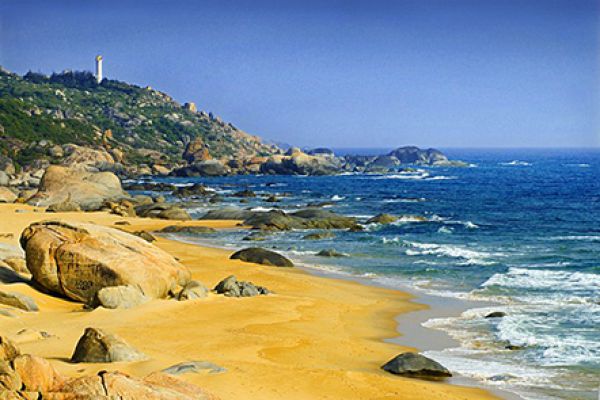
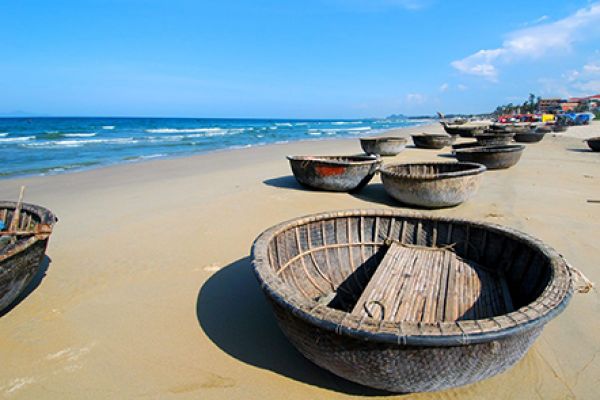
(84-63) 3 826042 – (84-63) 3 511142
No 54 Nguyen Dinh Chieu, Ham Tien Central Mui Ne Beach Binh Thuan Vietnam
523 To Hien Thanh District 10 Ho Chi Minh City Vietnam
Ha Long Halong City Quang Ninh Vietnam
A13 Hung Thong 2 Halong City Quang Ninh Vietnam




